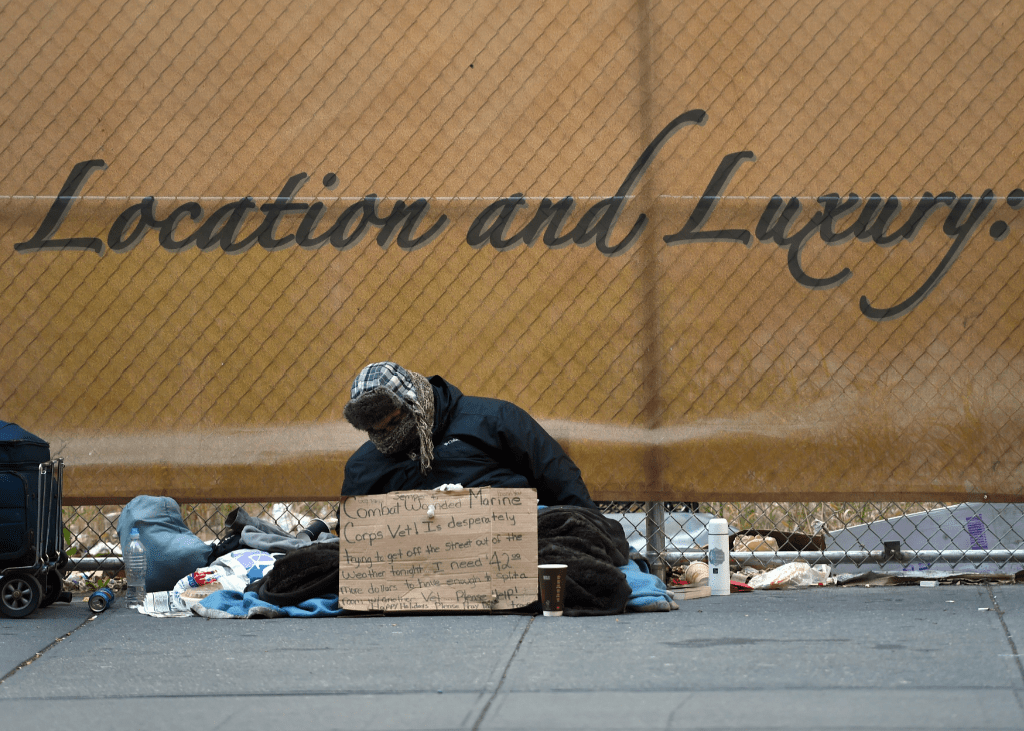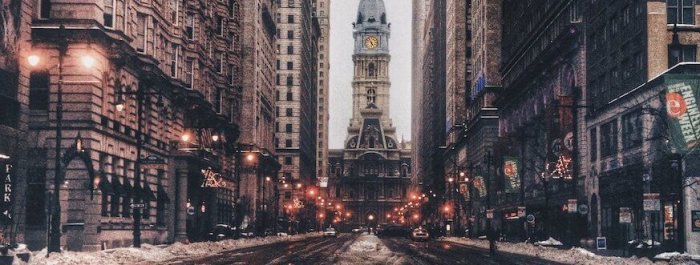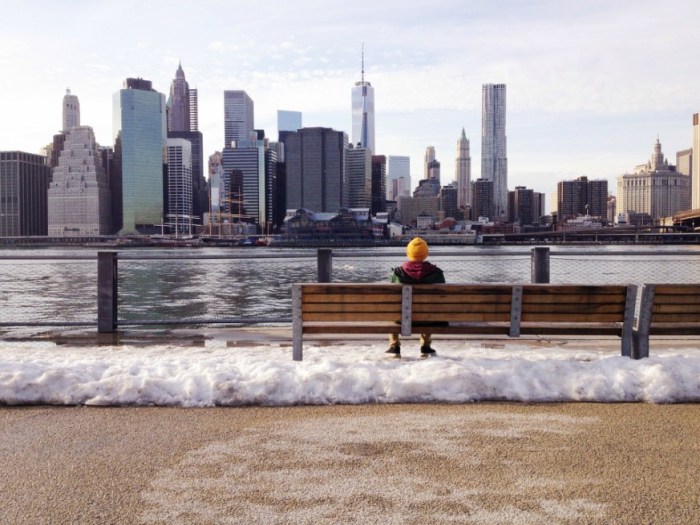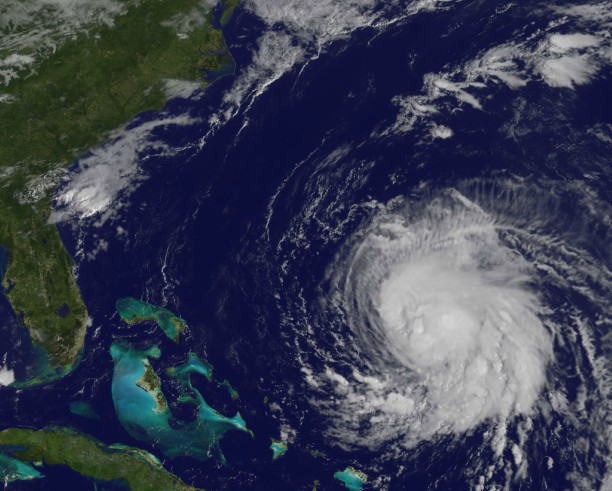Just off 31st Street and 6th Avenue, 60-something-year-old Cheryl Pierce was wearing a white faux fur comforter over her head on a bench towards the end of the evening rush.
Her turquoise wool trench coat underneath, Pierce was layered for the brisk winter night in one of her normal spots.
“It’s much warmer tonight,” Pierce said, even as the temperatures were dipping into the 30s.
The previous few days had seen the arctic chill in the 20s and teens and more snow was headed toward New York. Pierce said she ate half a steak sandwich that someone gave her earlier, while she gave the other half to a panhandler. “I’ve been homeless since my late 20s,” Pierce told Metro.
“I couldn’t afford my rent.” said Pierce, who once worked as a Boston typist for wedding invitations.“I camp out in a lot of places,” Pierce says. When it’s warm, she can usually be found near St. Francis church on 32ndStreet. But during the cold, she’ll take refugee in the subways or in Penn Station. “I use Penn Station for the ladies room, to stand around, to keep warm,” she said.
A few weeks ago, Pierce was at the Franklin Women’s Intake Shelter — a NYC shelter — and said it was “good” there.
That night in New York City, Pierce seemed excited with the offer of a bed. Josiah Haken, an outreach leader from the NYC Relief —a faith-based non-profit which connects the homeless to resources —found her with his small weekly group on the 6th Avenue street bench. “I offered her socks… and she seemed resistant, until I offered the bed, and then she changed; automatically her ears perked,” Haken said.
Usually it’s the other way around, he says.
Many are scarred from bad incidents and hostile to the idea of overnight shelter. He said his experience told him that Pierce’s odds of reaching a van that would drive her to NYC Rescue Mission— a nonprofit shelter downtown giving her overnight shelter for the next seven days — would have dropped by half. It’s walking with them, showing them they are not invisible, Haken says, which is the crucial part of the process.
“It’s very likely, years of isolation and survival mode, just trying to hang on and survive, will affect your ability to flow in everyday life. The pace is so much faster than folks on the street, you can’t just accept them to jump in,” said Haken. On the van ride to the shelter, Pierce said it her birthday was approaching. “This is my birthday gift,” she said. “Seven nights of shelter.”
“As long as you’re alive, you should always be happy,” 38-year-old Floyd Martin, a homeless resident, told Metro. “I don’t mind being out in the streets.”
For him, it’s more of a home outside than what the city offers inside. Martin — who’s been homeless for the last 15 years — says he stands a better chance on the streets than in the system. “I will never go into a shelter because they’re dangerous,” he said. Recalling when he did try the shelter system when he was 18 at Wards Island, Martin said it felt like a prison with barbed wire fence. “Do you know how many people went missing because they got stabbed and thrown in the water?” he said. On the streets, he can face the cold, snow and keep warm, and is aware of what works and what doesn’t. “I like to see you drag me, it’s going to take an army,” he told an ambulance driver a few weeks ago during a particularly cold night, after several people from Mayor Bill de Blasio’s outreach team had called to get him off the streets. Cops were brought in and being a regular on the streets, and knowing that he doesn’t bother others and can survive, Martin was able to go about his own business, he said.
Born in upstate New York, Martin was once married and had a son and worked in Florida. He still sends child support through his SSI, he said.
After child support, he says he has $500 left a month, which allowed him to eventually get a laptop and a cellphone (which is not hooked up to a phone carrier) — and comes in handy when he sits inside at Starbucks with the coffee he buys. “Not everyone is a bad homeless person,” Martin said, adding that it’s the perception that people carry when they see the homeless look dirty that lead people to judge.
What is needed is a program that is run by people that actually understand that population — private facilities, not those that are corrupt — and can actually help with job training in skills that are useful, not just store clerk skills.” To tell you the truth I would rather be inside, but they don’t have a program for me that I would actually go to,” Martin said. “You can’t end homelessness the way they’re doing it now…you can’t fix everything that is beyond repair.”
Out in the cold: Giving voice to NYC’s homeless residents

Getty Images


















